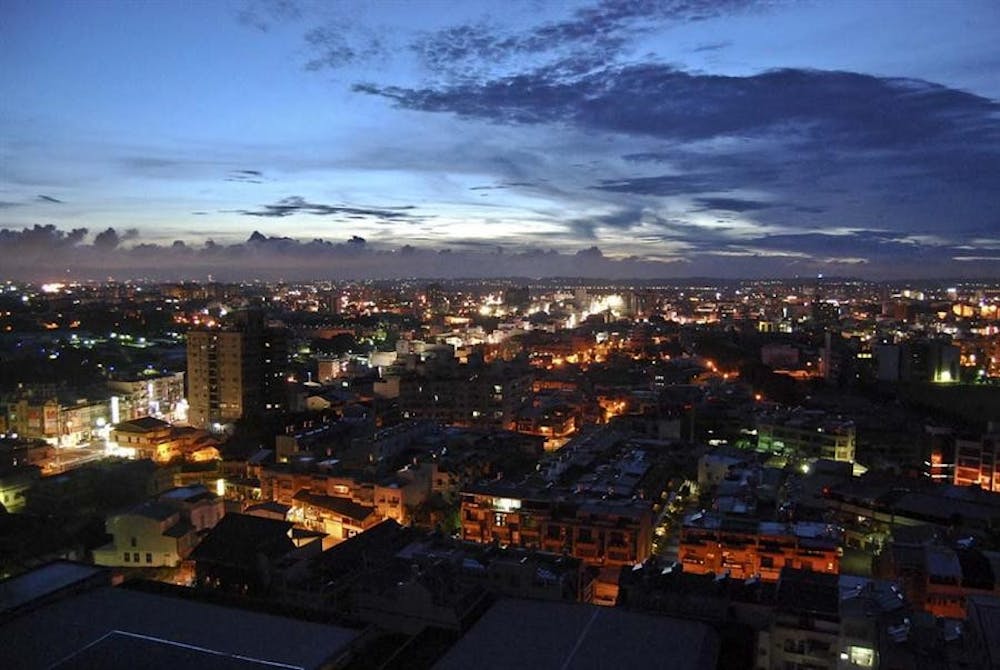Taiwan is a tiny island. It’s a country located about 500 miles from Hong Kong at a size slightly larger than Hawaii. The length of the island is about the same as a drive from Bloomington to Chicago.
Yet the amount of history, tradition and culture in this small area is massive. The island is known for exquisite cuisines and exuberant traditional customs carried throughout history. The people are humble and welcoming, always hospitable to foreign travelers.. The government funds affordable tourism to advertise their culture.
I arrived in the city of Kaohsiung after a strenuous 18-hour flight straight from Chicago. Struggling with my rusty Mandarin, I stuttered my way through customs to drag my suitcases through the double doors and became stricken by the humidity, typical of the tropical island. Despite being late at night, the air was still hot and muggy. I greeted my driver, a middle-aged woman at a height where her forehead met my chin.
On the ride, my driver briefed me on Taiwan’s history. She shared tales of her childhood when something as simple as an apple was considered a luxury. Her mother had grown, sewed, brewed, harvested and killed everything they consumed because they couldn’t afford them readymade.
As a democratic country, the economic growth has exploded. Vacant land has been turned into money-making department stores. What were once abandoned buildings and haunted houses to local children have been converted to “bushiban,” or cram schools. What were once miles of bright green rice crops have turned into gas stations and grocery stores. Now Costco and Starbucks are in the city and girls wear Chanel.
The city’s transition to modernity has been impetuous.
As we departed the city and reached Pingtung, the skyscrapers disappeared. The view was now of rice fields and farms of pigs and cows caged in rows, asleep under the flickering street lights. Old ladies with straw hats tied to their heads with colorful scarves were in red bean fields, illuminated by their own flashlights, for last-minute harvesting before next day’s morning market. The eyes of stray dogs glowed as they stared at passing traffic. Places grew at different rates, and some places like Pingtung seem content with staying in the past.
“Pingtung is to Taipei like a cornfield in Indiana is to Chicago,” the driver said, quite aware of Midwest culture.
To get to my place I walked through a dark alleyway where stray cats glared at my presence. We then pulled a blue metal door that rolled up at the top. It was recommended that I brush my teeth with bottled water since the neighborhood still used underground water. I realized just how far away I was from America.
During the drive from Kaohsiung to Pingtung, I felt like I’d leapt through time. The houses in Pingtung are unorganized rows of condos with fading paint and rusting metal. The town is said to be wealthy, but the people seem content with the simple life of tradition and conservation.
At a size often ignored on world maps, the small island holds one of the world’s biggest business centers and once possessed the world’s tallest building. Despite all this growth, the majority of the country has preserved the old Taiwanese lifestyle. I couldn’t wait to see more of its rich history and how it intertwined with modern life.
— lenmorri@indiana.edu
Column: The Small Island with Big Dreams

Get stories like this in your inbox
Subscribe




